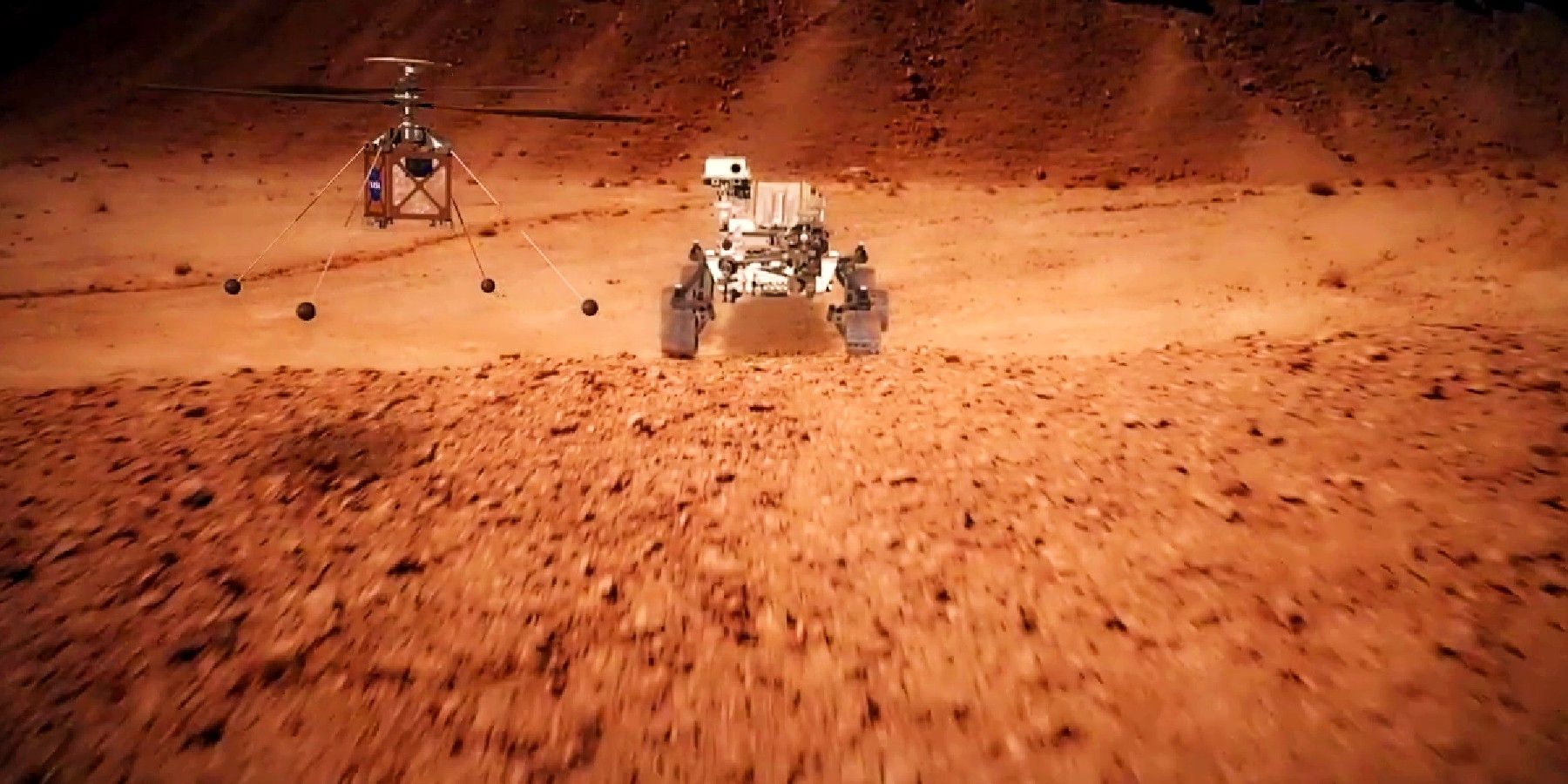The Mars Helicopter lost communications on the final stretch of Flight 17. The Ingenuity helicopter receives all commands from Earth relayed through the Perseverance rover. The flights are executed with no real-time input.
The small helicopter, designed as a demonstration of the technology, proved it could fly on another planet. Flying in a very different atmosphere than that of Earth was the main challenge. Initially designed for just five flights, the helicopter is pushing all limits and has faced several challenges emerging triumphant. The Ingenuity helicopter made its first flight on April 19, 2021, and as of Dec. 8, it's made 17 successful flights.
Flight 17 for the Mars Helicopter was going fine until it began descending to land on a point behind a 13-foot hill called Bras, and all communications were lost. Eventually, a broken-up signal was received by Perseverance, indicating the aircraft was still there. NASA explained that the Bras hill broke the "line-of-sight" necessary for radio communications between Perseverance and the helicopter.
Team Work, Rough Terrains, And A Risky Plan-B
The Mars helicopter went into sleep mode after it lost communications. It will wake up once signals return to normal. For the past week, only small fragments of data have been received. The data received shows the battery of the helicopter is charging. The aircraft has its solar panels on top of its blades, so charging would imply it has landed upright. However, due to lost communications, NASA has no idea how long the flight was, how it landed, or what kind of terrain it landed on.
The Ingenuity helicopter and the Perseverance rover work together, but two different teams run them. Perseverance's scientific missions are considered "high-priority," and these have affected Flight 17. When Flight 17 was initially planned, the team believed Perseverance would be parked in a specific location and oriented in a particular direction. "However, Perseverance's plans change day to day to maximize overall science return," NASA explained. When Flight 17 was ready to execute, Perseverance had driven to a "new location and parked along with a challenging heading for radio communications."
Teddy Tzanetos, Ingenuity program lead, said that when Perseverance clears the hill that obstructs the line of sight, the radio signal will also clear. Perseverance could also change its orientation and redirect its antennas. But in case everything fails, Tzanetos has a Plan-B that is radical, even for a helicopter flying on another planet. As a last resort, the aircraft could make an unplanned vertical flight in hopes of clearing the hill Bras to get access to communications. While Preservance explores and samples a crater believed to hold a lake billions of years ago. The team behind the Mars Helicopter continues to work on ways to break free and resume flights in the rough terrain of the Jezero Crater.


